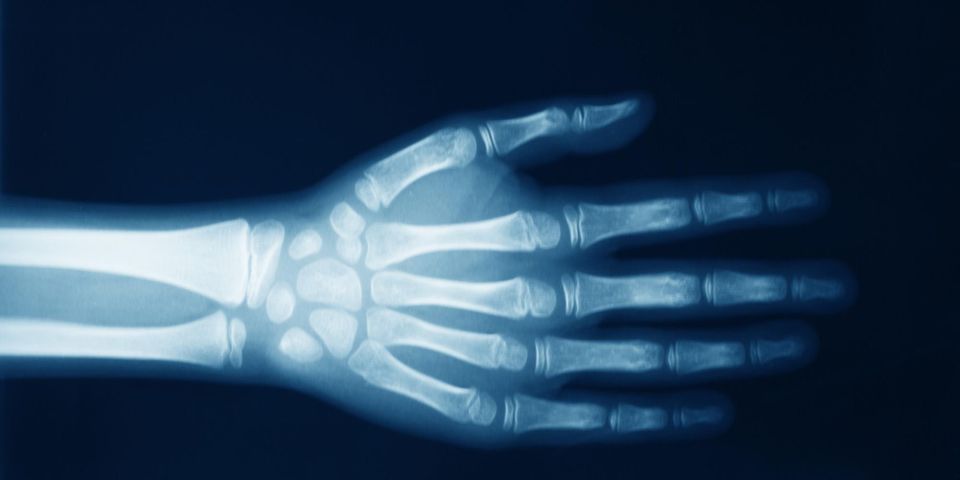
When you visit your dentist, one of the most useful diagnostic tools they’ll employ is the dental X-ray. Whether you’re using a traditional machine or a modern digital version, they capture current, detailed images of your teeth and jawbone which help them clearly see areas not visible to the eye. This marvelous technology was made possible on November 8, 1895, when Wilhelm Roentgen, a German physicist, first discovered the radiation we now call X-rays.
The History of Dental X-Rays
Roentgen didn’t set out to discover X-rays. Instead, he was conducting experiments with a Crookes tube, a glass bulb filled with gas which emits fluorescent light. Even though the bulb was shielded with cardboard, it lit up a screen several feet away, prompting Roentgen to theorize a new type of radiation which could pass through some opaque objects and cast a shadow of certain types of solid matter. Famously, he proved his theory with an X-ray image of his wife’s hand, including her wedding ring.
 The medical and dental communities adopted X-ray imaging very quickly after Roentgen’s discovery. Only six months later, X-rays were being used to locate bullets in the bodies of wounded soldiers. By 1913, more durable X-ray tubes were introduced which did not break down under the voltage needed to create a clear image. Later, in the mid-1980’s, a shift began toward digital imaging and continues to gain traction in the medical and dental communities.
The medical and dental communities adopted X-ray imaging very quickly after Roentgen’s discovery. Only six months later, X-rays were being used to locate bullets in the bodies of wounded soldiers. By 1913, more durable X-ray tubes were introduced which did not break down under the voltage needed to create a clear image. Later, in the mid-1980’s, a shift began toward digital imaging and continues to gain traction in the medical and dental communities.
Why Dental X-Rays Are Important
When it comes to protecting, diagnosing, and treating your teeth, your dentist is up against some major challenges. Tooth enamel is not ordinarily sensitive, so to locate most cavities and tartar, your dentist has to be able to see them. Your teeth are packed together closely enough that the sides of each tooth are hidden from view, and gum tissue covers a large portion of each tooth as well as the bone which houses them. So, X-rays, which penetrate the tissue, are the only way your dentist can see these hidden areas and identify any decay or deterioration that may be affecting them.
This November, dentist Terri Brown and the staff of Premier Dental in London, KY hope you’ll join them in recognizing X-Ray Day. The invention of imaging was a leap forward in dental science, and today enables Dr. Brown and her team to provide accurate, effective general and cosmetic dentistry services, including dental implants, for their Kentucky patients. Throughout their 30-year history, they have provided compassionate, high-quality care, including sedation dentistry and overhead televisions for your comfort during your procedure. To make an appointment, call (606) 877-3002 or send a message online.
About the Business
Have a question? Ask the experts!
Send your question

